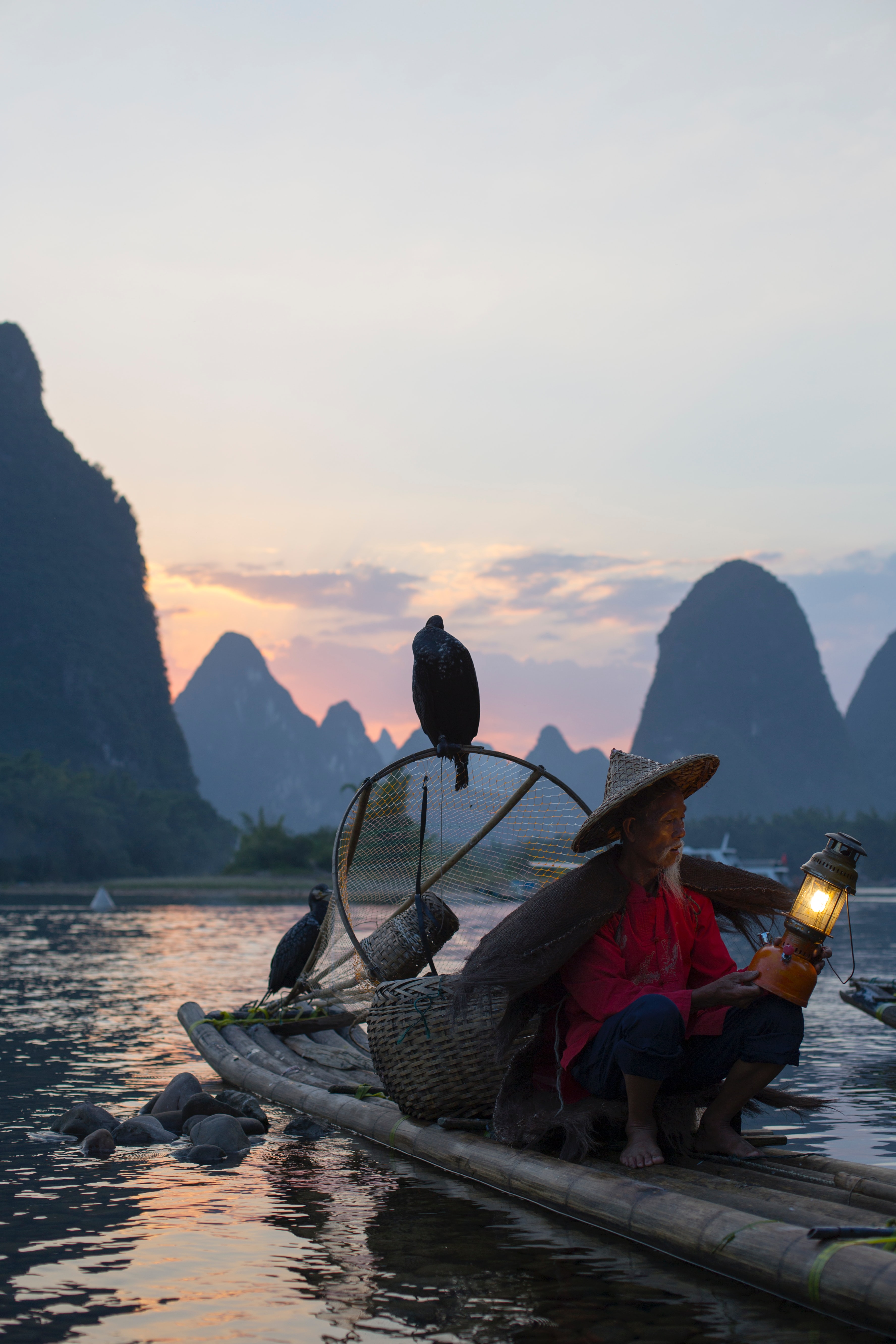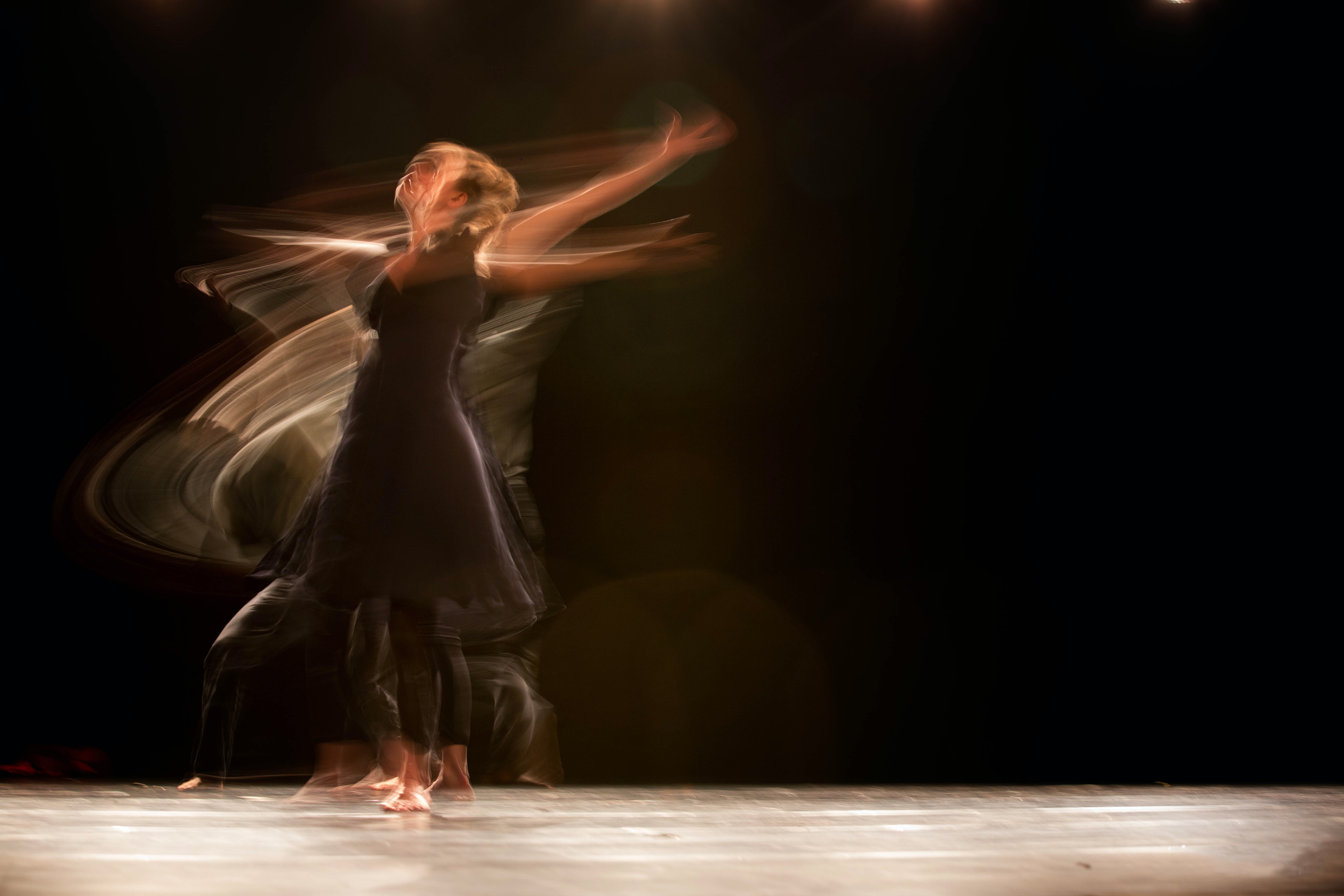Ask any painter, writer, singer, cellist or stage actor if their creativity has ever made them feel drained or exhausted. The answer is invariably ‘yes’. We need fuel to make creativity happen and usually, we are the fuel. This begs the question: can we burnout from being too creative? Does creativity lead to inner peace? Or to a place of restless disquiet?
The word creativity comes from the latin creare. Dictionaries define creating as ‘causing to exist’, to ‘manifest’. It means to ‘give rise’, to ‘produce’, to ‘cause something into being’. All of these point to a need for fuel: to make a thought take physical shape it requires energy to transform a brainwave into coordinated hand movement so that a symphony can be written. And what is used up in this operation? A creator uses up biological energy (i.e. energy from food), from what she or he ingests. Yet, mostly, creative individuals will refer that the most common fuel is emotional energy, it is the investment made into feeling what is taking shape, whether it be a novel, a sculpture or a performance. A novel takes little physical effort, but a writer is often exhausted. Why is that? A sculptor may take days of musing before he can pick up the hammer and chisel. It may then take him many days more to recover from an intense creative session. Many artists will know the effect of the anti-climax, the day after the performance or the day after an artwork is completed.
All these oscillations, are inherently part of the creative process, they can be taxing:
When declining we yearn for the rise, when rising we fear the decline, when low we anticipate the high, and the high is never complete as we sense the low approaching.
In trying to manage these, a source of inspiration may lie in a 5,000-year-old book called the I Ching. It has been referred to as the philosophical basis for Chinese civilisation, past and present. In it, unnamed sages and wise people such as Confucious have put into words the wisdom they observed in their natural surroundings. It is a book that invites one to enter the rhythm of nature, the ups and downs, the emptiness and the completion, the dark and the bright, the deepest and the most high. Throughout its 64 sections, one is currently reminded of the wisdom of temperance and the inner peace that can arise from avoiding extremes. Restraint is this very un-Western view that we should eat until almost full, but not quite; that we should advance towards near ecstasy, but stop just short of it; to be joyous, but not be blinded by it.

This ancient advice appears to suggest that we control our creativity; that we tame our spirits? Should we avoid creating altogether? Are we to deny our creative instincts? Or simply let ourselves go into a limitless creative hype like many in the West seem to encourage?
I believe there is a middle way. It starts with reframing the question into: how can artists effectively replenish their inner fuel and sustain creativity?
For the ancient Chinese and throughout Asia, the principle of preserving health was seen as much more virtuous than that of recovering from illness. Inner peace was the underlying feeling, the permanent state of those that conserved their health, and who, through sustaining that state, thrived. Their creations were of such magnitude that they were often called ‘immortals’.
throughout Asia, the principle of preserving health was seen as much more virtuous than that of recovering from illness
Their approach was, as all effective strategies, extremely simple. Eat easily digestible foods. Have simple, daily practices that are easy to implement and therefore hard to postpone or procrastinate upon. Be mindful of thoughts, emotions and relationships. Do more of what nourishes us and less of what drains us. Do what builds our personal power and avoid that in which we yield our power to others. Cultivate healthy thoughts, a healthy body, healthy emotions. Ensure that everything that makes us more creative can be built into our life as a habit. Repetition over time ensures that it is all the more difficult to see life without it.
And is it reasonable to envisage a world today where artists can become ‘immortals’ in this way? Where inner peace is the guiding emotion to creativity? Where ‘flow’ is the way to reach greatness while avoiding extreme emotions which drain us and empty us of creative fuel?
During this COVID quarantine, many around the world are experiencing their vitality and creative fuel finally grow inside them again. A new hope could be emerging that this calmer way of life might be the key to sustain our creativity.
Through a simpler life of nourishing food and daily practices of longevity, the ‘immortals’ found their unique way, their ‘most natural’ path to manifesting, ‘making grow’, ‘producing’ and ‘causing to exist’ the truth that inhabited them.
For them, creativity was indeed a source of inner peace. And likewise, inner peace was the fuel for their creativity. Therein lies the balance, which any human being can achieve.
Originally published in the Danish magazine World Wide Words.


